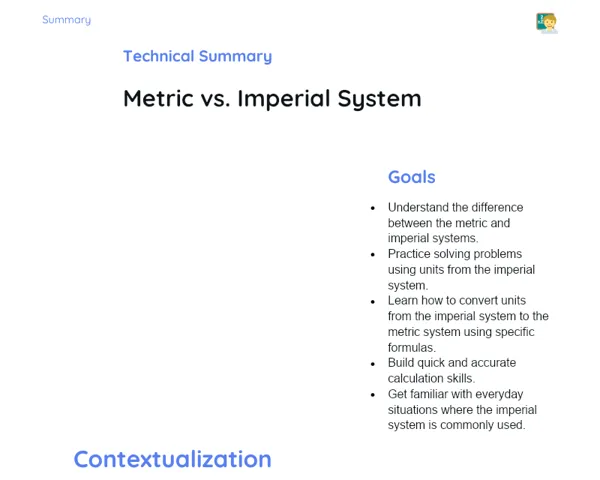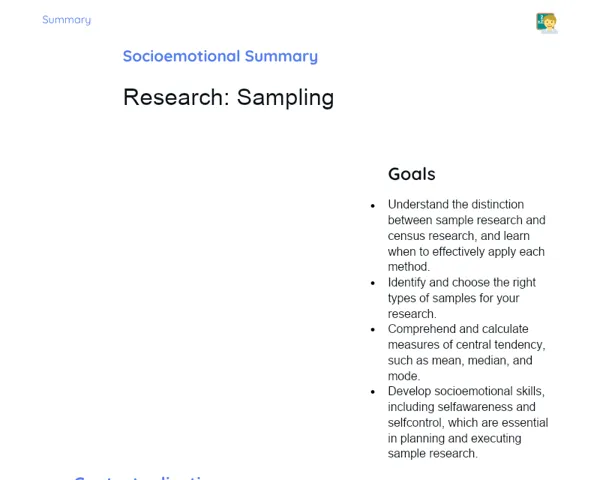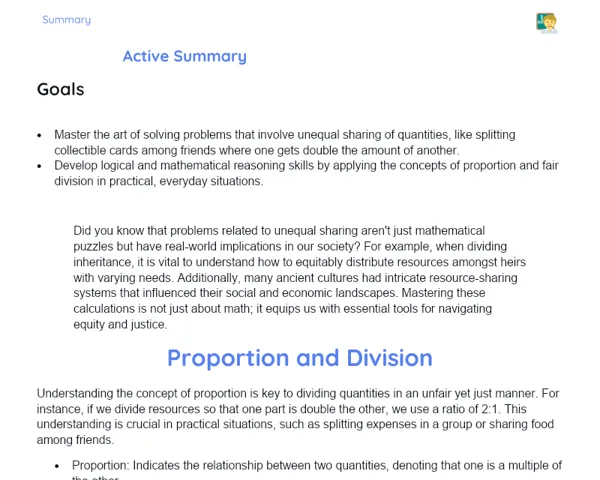Goals
1. Understand the concept of inversely proportional quantities.
2. Apply the inverse proportion rule to solve practical problems.
3. Identify everyday situations that involve inversely proportional quantities.
Contextualization
In our daily lives, we frequently come across situations where two quantities are related inversely. For instance, when calculating speed and the time needed to cover a certain distance: as speed increases, the time taken decreases. Another example is the relationship between the number of workers on a project and the time it takes to complete it: the more workers you have, the less time is required. Grasping this relationship is crucial not only for solving mathematical problems but also for making well-informed decisions in our everyday lives.
Subject Relevance
To Remember!
Inversely Proportional Quantities
Inversely proportional quantities are those where an increase in one quantity leads to a decrease in another, and vice versa. For example, if the speed of a car rises, the time required to cover a specific distance falls.
-
Definition: Quantities that vary in opposite directions.
-
Example: Speed and time taken to cover a distance.
-
Importance: Crucial for understanding various everyday phenomena and tackling mathematical problems.
Inverse Proportion Rule
The inverse proportion rule is a mathematical approach used to solve problems linked to inversely proportional quantities. It involves establishing a proportion between the quantities and solving the resulting equation.
-
Definition: A method to solve problems involving inversely proportional quantities.
-
Procedure: Set up the proportion and solve the equation.
-
Application: Utilized in scenarios like speed, time, number of workers, among others.
Real-World Applications
Understanding inversely proportional quantities and the application of the inverse proportion rule is beneficial in fields like engineering, economics, and healthcare. For example, engineers use these concepts for material strength calculations, while economists analyze supply and demand relationships.
-
Engineering: Calculating material strength.
-
Economics: Evaluating the relationship between supply and demand.
-
Healthcare: Modifying medication dosages based on patient weight.
Practical Applications
-
Calculate the time needed to finish a task with different team sizes.
-
Adjust vehicle speed to complete a journey within a set time.
-
Determine the type and amount of construction material required based on expected strength.
Key Terms
-
Inversely Proportional Quantities: Quantities that increase and decrease in opposite manners.
-
Inverse Proportion Rule: Technique for solving issues with inversely proportional quantities.
-
Proportion: Mathematical relationship between two quantities.
Questions for Reflections
-
How does understanding inversely proportional quantities assist in making daily decisions?
-
In what ways can the inverse proportion rule be applicable in your future career?
-
What difficulties did you face while solving problems related to the inverse proportion rule, and how did you tackle them?
Practical Challenge: Time and Speed
In this mini-challenge, you will apply the inverse proportion rule to tackle a practical issue related to time and speed.
Instructions
-
Imagine you have a trip of 300 km ahead.
-
Calculate how long it would take for you to complete the journey if you were driving at 60 km/h.
-
Now determine how much time it will take if your speed drops to 40 km/h.
-
Lastly, find out how long it will take you if your speed increases to 100 km/h.



